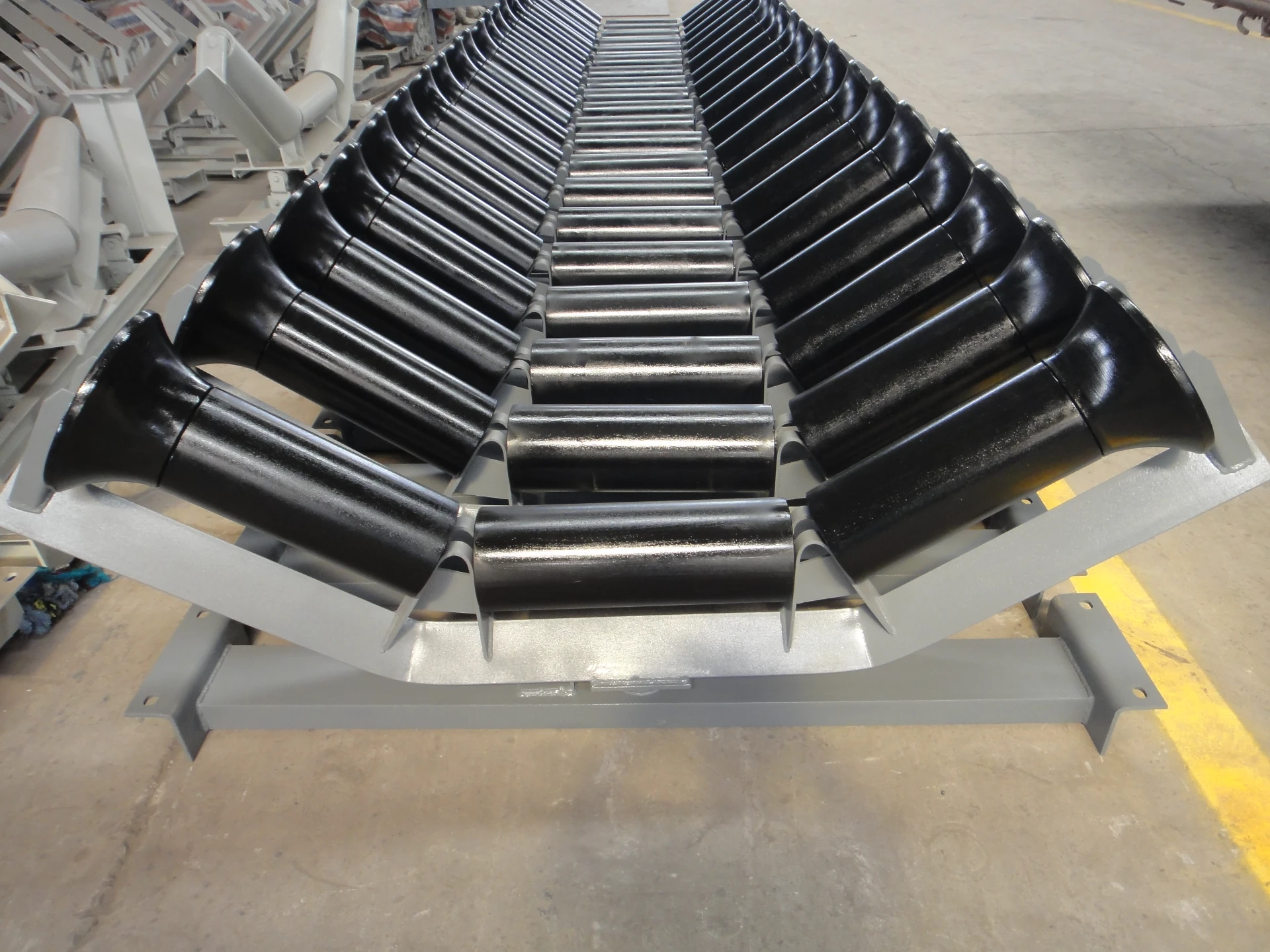 Afrikaans
Afrikaans  Albanian
Albanian  Amharic
Amharic  Arabic
Arabic  Armenian
Armenian  Azerbaijani
Azerbaijani  Basque
Basque  Belarusian
Belarusian  Bengali
Bengali  Bosnian
Bosnian  Bulgarian
Bulgarian  Catalan
Catalan  Cebuano
Cebuano  Corsican
Corsican  Croatian
Croatian  Czech
Czech  Danish
Danish  Dutch
Dutch  English
English  Esperanto
Esperanto  Estonian
Estonian  Finnish
Finnish  French
French  Frisian
Frisian  Galician
Galician  Georgian
Georgian  German
German  Greek
Greek  Gujarati
Gujarati  Haitian Creole
Haitian Creole  hausa
hausa  hawaiian
hawaiian  Hebrew
Hebrew  Hindi
Hindi  Miao
Miao  Hungarian
Hungarian  Icelandic
Icelandic  igbo
igbo  Indonesian
Indonesian  irish
irish  Italian
Italian  Japanese
Japanese  Javanese
Javanese  Kannada
Kannada  kazakh
kazakh  Khmer
Khmer  Rwandese
Rwandese  Korean
Korean  Kurdish
Kurdish  Kyrgyz
Kyrgyz  Lao
Lao  Latin
Latin  Latvian
Latvian  Lithuanian
Lithuanian  Luxembourgish
Luxembourgish  Macedonian
Macedonian  Malgashi
Malgashi  Malay
Malay  Malayalam
Malayalam  Maltese
Maltese  Maori
Maori  Marathi
Marathi  Mongolian
Mongolian  Myanmar
Myanmar  Nepali
Nepali  Norwegian
Norwegian  Norwegian
Norwegian  Occitan
Occitan  Pashto
Pashto  Persian
Persian  Polish
Polish  Portuguese
Portuguese  Punjabi
Punjabi  Romanian
Romanian  Russian
Russian  Samoan
Samoan  Scottish Gaelic
Scottish Gaelic  Serbian
Serbian  Sesotho
Sesotho  Shona
Shona  Sindhi
Sindhi  Sinhala
Sinhala  Slovak
Slovak  Slovenian
Slovenian  Somali
Somali  Spanish
Spanish  Sundanese
Sundanese  Swahili
Swahili  Swedish
Swedish  Tagalog
Tagalog  Tajik
Tajik  Tamil
Tamil  Tatar
Tatar  Telugu
Telugu  Thai
Thai  Turkish
Turkish  Turkmen
Turkmen  Ukrainian
Ukrainian  Urdu
Urdu  Uighur
Uighur  Uzbek
Uzbek  Vietnamese
Vietnamese  Welsh
Welsh  Bantu
Bantu  Yiddish
Yiddish  Yoruba
Yoruba  Zulu
Zulu Understanding the Importance of Conveyor Carrying Rollers in Material Handling Systems
Understanding Conveyor Carrying Rollers An Essential Component in Material Handling
Conveyor systems are integral to modern manufacturing and logistics operations, enabling the efficient movement of goods from one point to another. At the heart of these systems lies an essential component known as the conveyor carrying roller. These rollers play a critical role in the overall functionality, durability, and efficiency of conveyor systems, making them a vital consideration for engineers and industry professionals alike.
What Are Conveyor Carrying Rollers?
Conveyor carrying rollers are cylindrical components mounted on conveyor frames. Their primary function is to support and carry the weight of the material being transported along the conveyor belt. These rollers enable smooth movement, reducing friction and ensuring that materials can be transported quickly and efficiently.
Typically, the construction of carrying rollers involves high-quality materials, such as steel or plastic, which offer durability and resistance to wear and tear. Depending on the application, carrying rollers can have different diameters, lengths, and load capacities, making them suitable for a variety of industries, including mining, packaging, and automotive manufacturing.
The Importance of Conveyor Carrying Rollers
The significance of carrying rollers in conveyor systems cannot be overstated. Firstly, they reduce the friction between the belt and the roller surface. This reduction in friction is crucial, as it directly influences the energy efficiency of the entire conveyor system. By minimizing energy loss, businesses can achieve lower operational costs while enhancing overall productivity.
Secondly, the design and quality of the carrying rollers affect the system's lifespan. High-quality rollers can withstand harsh conditions and heavy loads, which in turn contributes to less frequent maintenance and replacement. Investing in durable carrying rollers can lead to significant long-term savings and a more reliable conveyor operation.
Another essential aspect is the role of in increasing the conveyor system’s stability. Properly designed carrying rollers help distribute the load evenly across the belt and rollers. This balanced weight distribution not only prolongs the lifespan of the conveyor but also enhances safety by reducing the risk of spills or accidents caused by uneven loading.
conveyor carrying roller

Types of Conveyor Carrying Rollers
There are several types of conveyor carrying rollers tailored to meet specific operational needs. The most common types include
1. Crowned Rollers These rollers have a slight curve at the center, which helps keep the conveyor belt centered. This design minimizes belt misalignment and wear, making it ideal for applications where precise tracking is required.
2. Flat Rollers Designed for general-purpose use, flat rollers are straightforward and effective for a range of materials. They provide consistent support and are commonly used in various industries.
3. Impact Rollers These rollers are built to withstand heavy loads and impacts, making them suitable for applications where materials are loaded onto the conveyor system from a height. They are vital for protecting the conveyor belt and enhancing its durability.
4. Self-Cleaning Rollers Equipped with a design that prevents material build-up, self-cleaning rollers are essential in environments where dirt and debris can accumulate, ensuring smooth operation without frequent maintenance.
Conclusion
In conclusion, conveyor carrying rollers are a cornerstone of efficient material handling systems. Their contribution to reducing friction, enhancing stability, and improving the lifespan of conveyor belts makes them invaluable in various industries. As companies continue to seek ways to optimize their operations, selecting the right type of carrying rollers becomes critical to achieving operational excellence and sustainability. By understanding the importance and types of conveyor carrying rollers, businesses can make informed decisions that lead to enhanced productivity and reliability in their material handling processes.
-
Trusted Conveyor Solutions from Leading Conveyor Idler Roller ManufacturersNewsJun.27,2025
-
Reliable Return Idler Solutions for Efficient Belt Conveyor SystemsNewsJun.27,2025
-
Precision Conveyor Accessories for Streamlined Material HandlingNewsJun.27,2025
-
High-Quality Belt Conveyor Idler Solutions for Efficient Material HandlingNewsJun.27,2025
-
High-Performance Belt Conveyor Pulleys for Reliable Material HandlingNewsJun.27,2025
-
Enhancing Material Handling EfficiencyNewsJun.27,2025





























